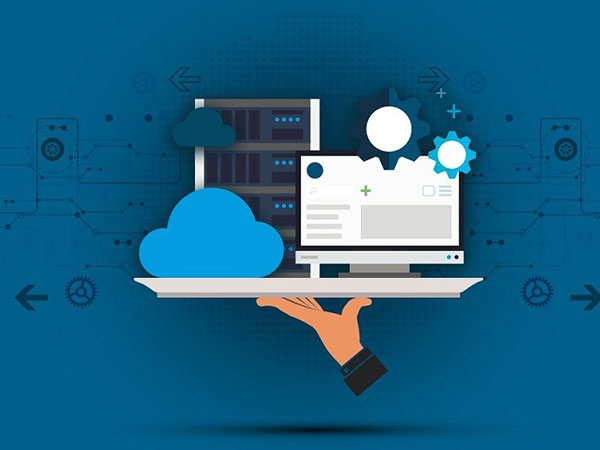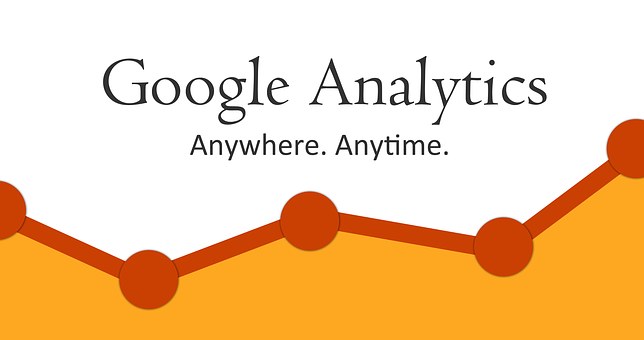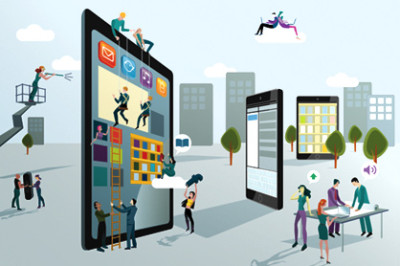Historically, there has been a significant separation between organizations and the stakeholders who support them. While consumers think of themselves as human individuals, brands are sometimes viewed as faceless, corporate machines. However we’re discovering that relating to stakeholders on an individual level is vital to how successful a brand will be, especially in the digital age.
This relationship can only be built by minimizing the gap between people and the organizations they support. Brands and institutions can best do this by getting to know their stakeholders through data. The potential for this is growing with the internet of things (IoT) and its role in the fourth industrial revolution, because the IoT offers a platform for smart devices to streamline data.
It’s the same as with any relationship — the more two people know about each other’s tastes, how they think, and the ways they react to everyday situations, the better they will be able to communicate overall. Three clear organizational examples of using data to improve communication in this way can be found in customer service, patient care for medical professionals, and informed business decision-making. Additionally, as businesses and organizations begin utilizing the IoT, they will see this data-based relationship improve further.
Customer Service
Data analytics is able to provide insights into how consumers are engaging with brands. Similar to how romantic partners observing each other over time helps them better anticipate and prevent problems within a relationship, analytics helps marketers foresee how stakeholders might voice issues and how to best cater to them when they do. In predicting issues stakeholders may have, brands are able to better serve their supporters.
A large part of this is understanding how people communicate. To draw another dating parallel, partners may communicate things differently through text than they would in a face-to-face conversation. Eventually, the two parties learn how to interpret texts accurately. This is very similar to how brands might gauge customer communication through different channels they promote products through.
With IoT tech changing communication, it will be interesting to see how this will further develop. While brand loyalty can be built through the aforementioned relatability and human aspect of marketing, devices communicating through the IoT could report and solve problems with minimal human involvement. At the very least, these devices may alert brands that their products are malfunctioning so that an organization can reach out to their customers before a product defect affects them.
Patient Care
There comes a time for every relationship in which a partner may not know how to help the one they love. They may need to learn more about what their loved one is going through and recommend outside help. Data helps health providers do this for patients.
With the specificity of different medical occupations, sometimes care needs to be outsourced. But with so much information and careful planning that goes into that, it can be hard for human doctors to see the big picture. Thus, with the ability to organize and rapidly search through massive amounts of records, data technology has taken a role in patient consulting via care recommendations.
This will only increase with IoT advancements. According to Bradley University, IoT systems have the ability to impact care coordination and remote patient monitoring. In addition to this, 40% of all IoT technology is projected to have healthcare applications by 2020. The IoT can reduce the need for human involvement, as well as decrease the waiting time between patients and their doctors.
Due to the timely data access offered via IoT wearables, the process of calling a doctor and scheduling an appointment or checkup can be streamlined so patients can be seen sooner and with less effort. Doctors can also do a better job of reaching out to patients by obtaining data sent through these wearables, and discussing potential health concerns with patients.
Business Decisions
You wouldn’t make an important life decision without your partner’s input, right? Similarly, businesses should be consulting their stakeholders about big decisions as well. Data makes this input easier to obtain because the internet has given consumers an easy platform on which to voice their opinions. The interconnected and automated engagement that comes with the IoT is making this easier. As put by Villanova University:
The IoT has become a crucial part of everyday operations for organizations. Devices that constantly exchange information offer advantages in areas from manufacturing to consumer goods. These updates allow logistics to run more efficiently, factory machines to inform workers of required maintenance, or a home security system to react to possible dangers.
Thus, it’s no longer an option for organizations to think of the IoT as a hypothetical concept. They have to figure out how it will affect their decision-making. IoT compiles data so that businesses can make better decisions and further help their customers. It doesn’t eliminate relationships; rather, it makes them more purposeful.
However, there are some drawbacks to IoT implementation that will have to be addressed to maintain healthy customer relationships. One of the biggest challenges is faulty data security. The data being transmitted in IoT systems is highly sensitive and vulnerable. In the case of IoT, this sort of loss could result in hundreds and thousands of dollars of organizational damage. For IoT devices to function best, there may be some bugs that have to be worked out first.
Still, the benefits of said systems are hard to argue against, and organizations would be wise to utilize them. Of course, IoT is still in its infancy, despite being used more and more all of the time. But the larger implementation of data in addition to newer IoT devices and technology is creating firmer foundations for clear stakeholder communication. Its benefit to customer service and patient care can’t be ignored.










![7 data-driven ways to optimize your online store for mobile [Infographic]](https://crayondata.ai/wp-content/uploads/2019/11/optimize-1.jpg)


![Top tips and tricks to improving your customer experience [Infographic]](https://crayondata.ai/wp-content/uploads/2019/01/customer-journey-1.jpg)









